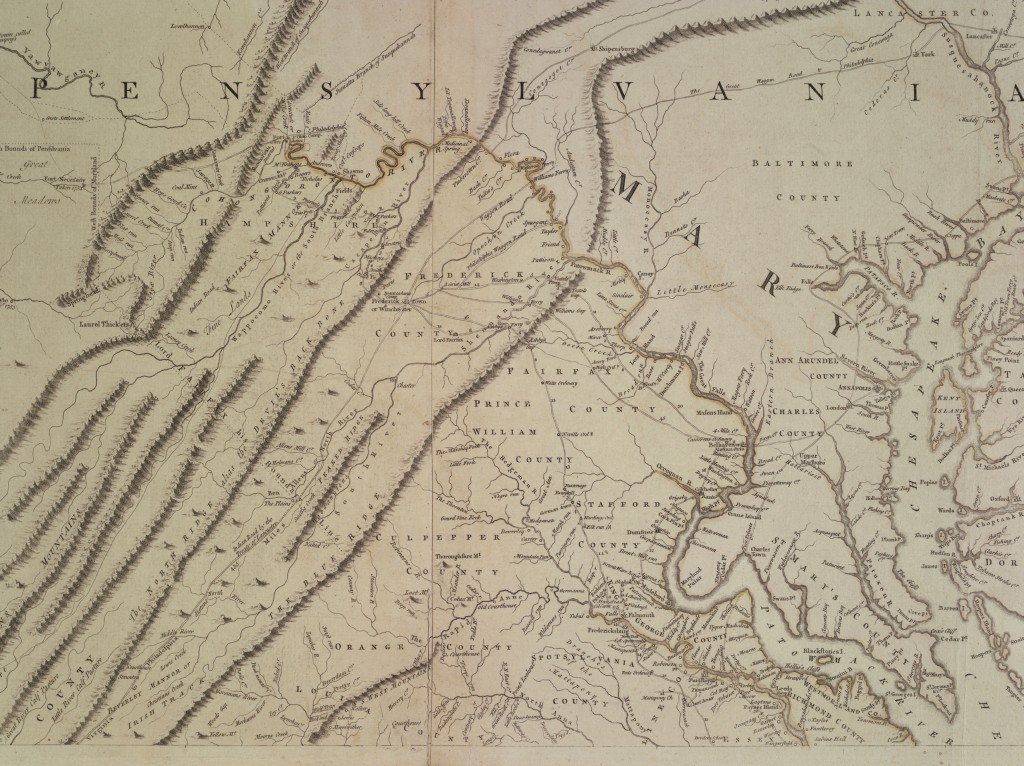A Community for Curious Minds who love History, its Odd Stories, and Good Reads
A Community for Curious Minds who love History, its Odd Stories, and Good Reads
By Holly Tucker
 One of the great shaping forces in the life of young George Washington was a five-million-acre tract of land (roughly the size of Massachusetts) owned by Thomas, Lord Fairfax through inheritance of a grant from the king of England. The Northern Neck Proprietary, as it was called, took up most of northern Virginia, where Washington was born and raised. From Chesapeake Bay to the east, the property consisted of the neck of land between the Potomac and Rappahannock Rivers, and extended westward all the way to the source of the Potomac in the Allegheny Mountains. From there, the property was bounded by a straight line extending to the head of the Rappahannock, and enclosed to the south by the Rapidan River. The Proprietary would prove to be a source of opportunity, an obstacle, and a spur to the abundant ambition of the teenage Washington.
One of the great shaping forces in the life of young George Washington was a five-million-acre tract of land (roughly the size of Massachusetts) owned by Thomas, Lord Fairfax through inheritance of a grant from the king of England. The Northern Neck Proprietary, as it was called, took up most of northern Virginia, where Washington was born and raised. From Chesapeake Bay to the east, the property consisted of the neck of land between the Potomac and Rappahannock Rivers, and extended westward all the way to the source of the Potomac in the Allegheny Mountains. From there, the property was bounded by a straight line extending to the head of the Rappahannock, and enclosed to the south by the Rapidan River. The Proprietary would prove to be a source of opportunity, an obstacle, and a spur to the abundant ambition of the teenage Washington.